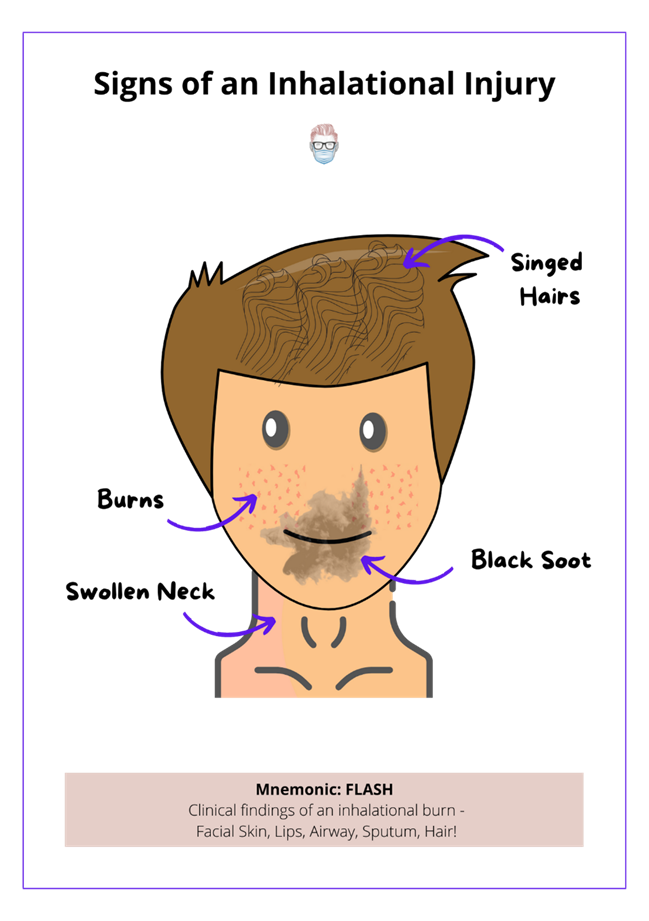A nurse is supervising an assistive personnel who is feeding a client who has dysphagia. Which of the following actions by the AP should the nurse identify as correct technique?
Providing a 10 min rest period prior to meals
Elevating the head of the client’s bed to 30 degrees during mealtime
Instructing the client to place her chin toward her chest when swallowing
Withholding fluids until the end of the meal
The Correct Answer is C
a. Providing a 10-minute rest period prior to meals:
This action is not specifically related to feeding technique for clients with dysphagia. While providing a rest period before meals may be beneficial for some clients, especially those who experience fatigue or dyspnea, it is not a standard technique for managing dysphagia during mealtime.
b. Elevating the head of the client’s bed to 30 degrees during mealtime:
The head of the bed should be elevated to at least 45–90 degrees during meals to minimize the risk of aspiration. A 30-degree elevation is insufficient for safe swallowing and increases the likelihood of aspiration.
c. Instructing the client to place her chin toward her chest when swallowing:
This technique, known as the chin-tuck maneuver, helps reduce the risk of aspiration in clients with dysphagia by improving airway protection and directing food and liquid down the esophagus instead of the trachea. It is a widely recommended method to promote safe swallowing.
d. Withholding fluids until the end of the meal:
Fluids should not be withheld until the end of the meal as they are often necessary to help the client swallow food safely and prevent choking. Thickened fluids may be prescribed for clients with dysphagia to aid in safe swallowing.
Nursing Test Bank
Naxlex Comprehensive Predictor Exams
Related Questions
Correct Answer is C
Explanation
a. Document in the client’s chart that an incident report has been filed:
Documenting that an incident report has been filed is an important step in the process of addressing the client's complaint. It ensures that there is a record of the incident and initiates the appropriate follow-up procedures.
b. Call risk management to interview the client:
In long-term care facilities, risk management departments are responsible for investigating incidents and ensuring that appropriate measures are taken to prevent future occurrences. In this situation, involving risk management may be necessary to conduct a thorough investigation.
c. Contact the nurse manager:
The nurse manager is responsible for overseeing the nursing staff and ensuring that quality care is provided to clients. Contacting the nurse manager allows for immediate notification of the incident and enables them to initiate the appropriate steps to address the situation.
d. Reassure the client that the staff is well trained:
While it's important to provide reassurance to the client, simply reassuring them without taking any further action may not adequately address their concerns or prevent similar incidents from occurring in the future.
Correct Answer is D
Explanation
a. A client who reports night sweats and fever for the last week:
Night sweats and fever can be indicative of various underlying conditions, including infections. While these symptoms may require medical attention, they do not necessarily indicate an immediately life-threatening condition compared to other options.
b. A client who has compound fractures of the tibia and humerus:
Compound fractures involve broken bones that penetrate through the skin, leading to a risk of severe bleeding, infection, and other complications. This client's injuries are significant and require immediate attention to prevent further complications and provide pain management and stabilization.
c. A client who reports severe vomiting and diarrhea:
Severe vomiting and diarrhea can lead to dehydration, electrolyte imbalances, and other complications, especially if prolonged or accompanied by other symptoms such as fever. While this client requires prompt assessment and treatment, the urgency may not be as high as for other conditions.
d. A client who has soot markings around each naris following a house fire:
Soot markings around the nares (nostrils) suggest inhalation injury, which can lead to airway compromise, respiratory distress, and other serious complications. This client requires immediate assessment and intervention to ensure airway patency, oxygenation, and respiratory support.

Whether you are a student looking to ace your exams or a practicing nurse seeking to enhance your expertise , our nursing education contents will empower you with the confidence and competence to make a difference in the lives of patients and become a respected leader in the healthcare field.
Visit Naxlex, invest in your future and unlock endless possibilities with our unparalleled nursing education contents today
Report Wrong Answer on the Current Question
Do you disagree with the answer? If yes, what is your expected answer? Explain.
Kindly be descriptive with the issue you are facing.
